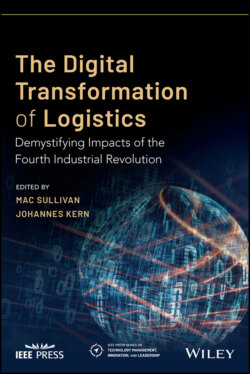Читать книгу The Digital Transformation of Logistics - Группа авторов - Страница 82
Evaluating Heavyweight IT to Lightweight IT Automation
ОглавлениеWhen evaluating any project, it is important to figure out which resources you have and which resources make the most sense to invest in for your future. The role of IT departments within logistics companies is going through a fundamental shift as codeless and plug‐and‐play software‐as‐a‐service (SaaS) solutions and technologies become more prevalent in the workplace. The idea of heavyweight IT, which is defined as a knowledge domain driven by IT professionals, who used digital technology, and made possible by software engineering, is giving way to lightweight IT, which is a socio‐technical knowledge domain that is enabled by solution‐driven user demand, mass adoption of digital technology, and innovative processes (Bygstad 2016). Traditional IT experts tend to gravitate back to heavyweight IT back‐end system integration using electronic data interchange (EDI) or application programming interface (API) integrations, whereas lightweight IT looks to graphical user interface (GUI) automation like API (Bygstad 2016; Lacity and Willcocks 2016). Heavyweight IT automation is reliant on little variation in systems architecture, while lightweight IT automation is more reliant on interfaces having little change (Penttinen et al. 2018). If looking to enable non‐IT professionals to be able to automate more processes, lightweight IT automation like RPA is worth exploring (Bygstad 2016). Regardless of where your organization is today, it is important to audit your internal capabilities in terms of skills and perhaps more important to think about where customer demand is going to take you with respect to the talent needed to provide that.
